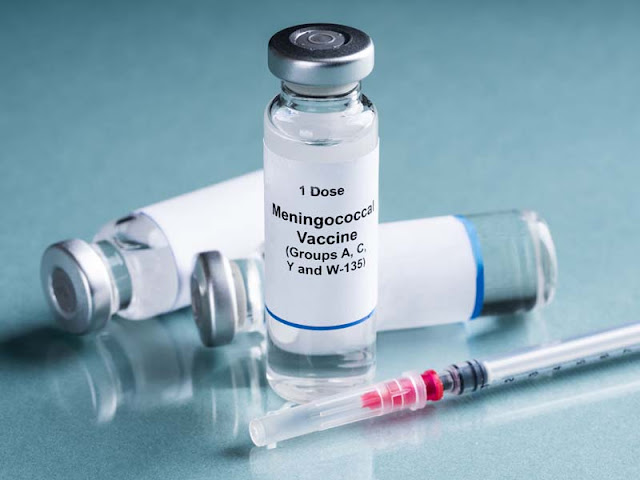X-Link Chronicles: The Resilience of Cross-Linked Polyethylene
 |
| Cross Linked Polyethylene |
Cross linked polyethylene or XLPE
is a advanced building material increasingly being used in various construction
applications. XLPE has superior properties compared to conventional
polyethylene which makes it a game changer material. This article explores the
properties and uses of XLPE in modern day construction.
What is Cross Linked
Polyethylene?
Cross linked polyethylene or XLPE
is a modified form of polyethylene which is created by adding cross linking
agents during the manufacturing process. Cross linking is a process where long
polyethylene chains are bonded by chemical or thermal treatment which results
in formation of cross links between the molecular chains. This cross linking
enhances the properties of polyethylene making it more durable and stronger
compared to linear or conventional polyethylene.
The cross linking prevents
polyethylene chains from unraveling when subjected to stress, heat or other
environmental factors. As a result, XLPE gains improved environmental stress
crack resistance, higher strength and elasticity along with better resistance
to bruising and punctures compared to normal polyethylene. All these superior
properties have led to wide adoption of XLPE across various construction
applications.
Properties of Cross Linked
Polyethylene
Some of the key properties of
XLPE that make it suitable for construction include:
- Higher Strength: Cross linking
increases tensile strength, flexural modulus and impact resistance of
polyethylene. XLPE can withstand loads 5-10 times more than conventional
polyethylene.
- Temperature Resistance: XLPE
retains its properties from -50°C to 80°C. It does not become brittle at low
temperatures and does not deform at high temperatures.
- Chemical Resistance: It is
resistant to acids, alkalis and most solvents except halogenated hydrocarbons.
This durability makes it suitable for demanding environments.
- Long Lifespan: XLPE has
excellent resistance to UV radiations, oxidation and weathering. It can
withstand outdoors for more than 50 years without degradation.
- Stress Crack Resistance: Cross
linking prevents cracks from rapidly propagating when stressed. This makes XLPE
around 100 times more resistant to stress cracking than traditional
polyethylene.
Uses of Cross
linked polyethylene in Construction
Due to the robust properties,
XLPE has seen widespread adoption in construction industry for various
applications:
Pipes and Fittings
- Water supply pipes: XLPE
delivers corrosion free water transmission with longevity of over 50 years. It
is preferred for potable water distribution systems.
- Gas pipes: Used for
transportation of natural gas. XLPE pipes are flexible, durable and have very
low permeability.
- Sewage pipes: Ideal for sewage
collection systems due to chemical resistance and strength to withstand external
loads.
Insulation and Backsheets
- Cable insulation: Main
insulation material for high voltage cable up to 400kV due to its superior
dielectric properties and lifetime.
- Roofing membranes: Often used
as backsheets or cover boards in roofing systems due its resistance to UV,
moisture, chemicals etc.
Geomembranes and Liners
- Landfill liners: Durable
geomembranes used as bottom liners in sanitary landfills and mining
applications for leakage control.
- Canal liners: Used for lining
irrigation canals to prevent seepage of water. Offers long lasting solution.
Decking and Fencing
- Outdoor decking: Rot and crack
resistant composite deck boards are popular consumer choice.
- Fencing: Vinyl fencing made with
XLPE does not splinter or rot, offering long service life.
Get More Insights Here
https://www.newsanalyticspro.com/cross-linked-polyethylene-insights/



Comments
Post a Comment